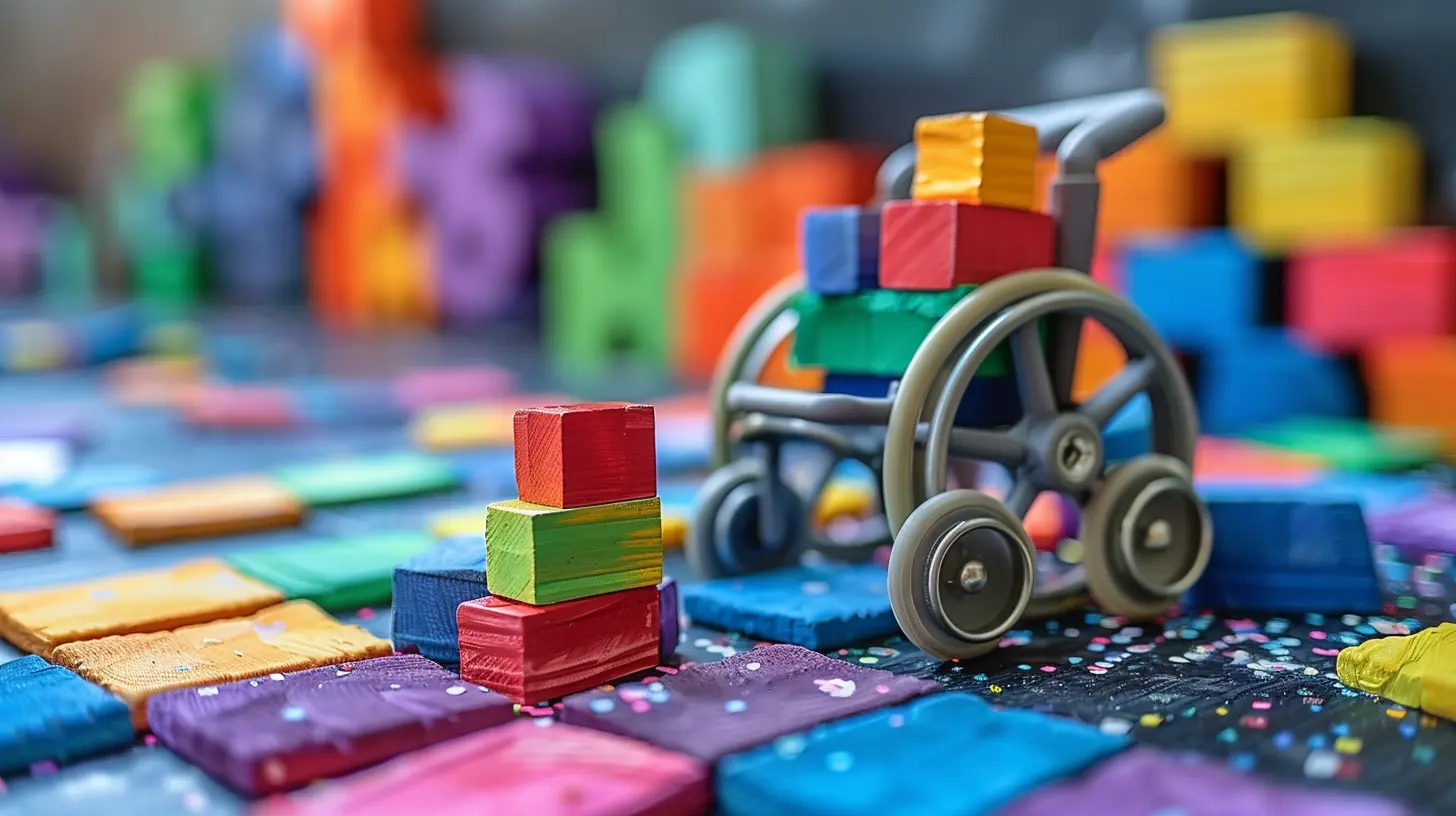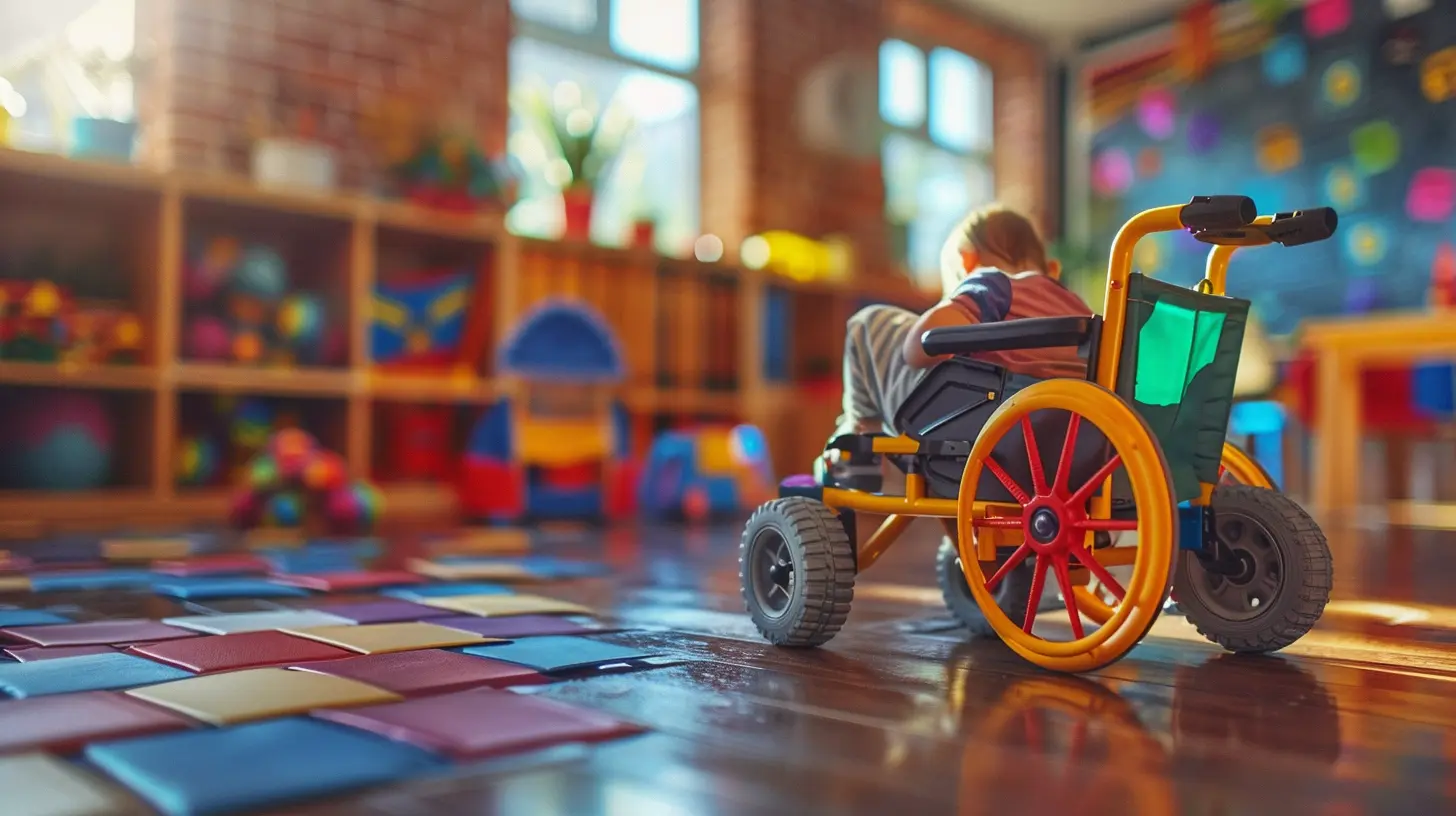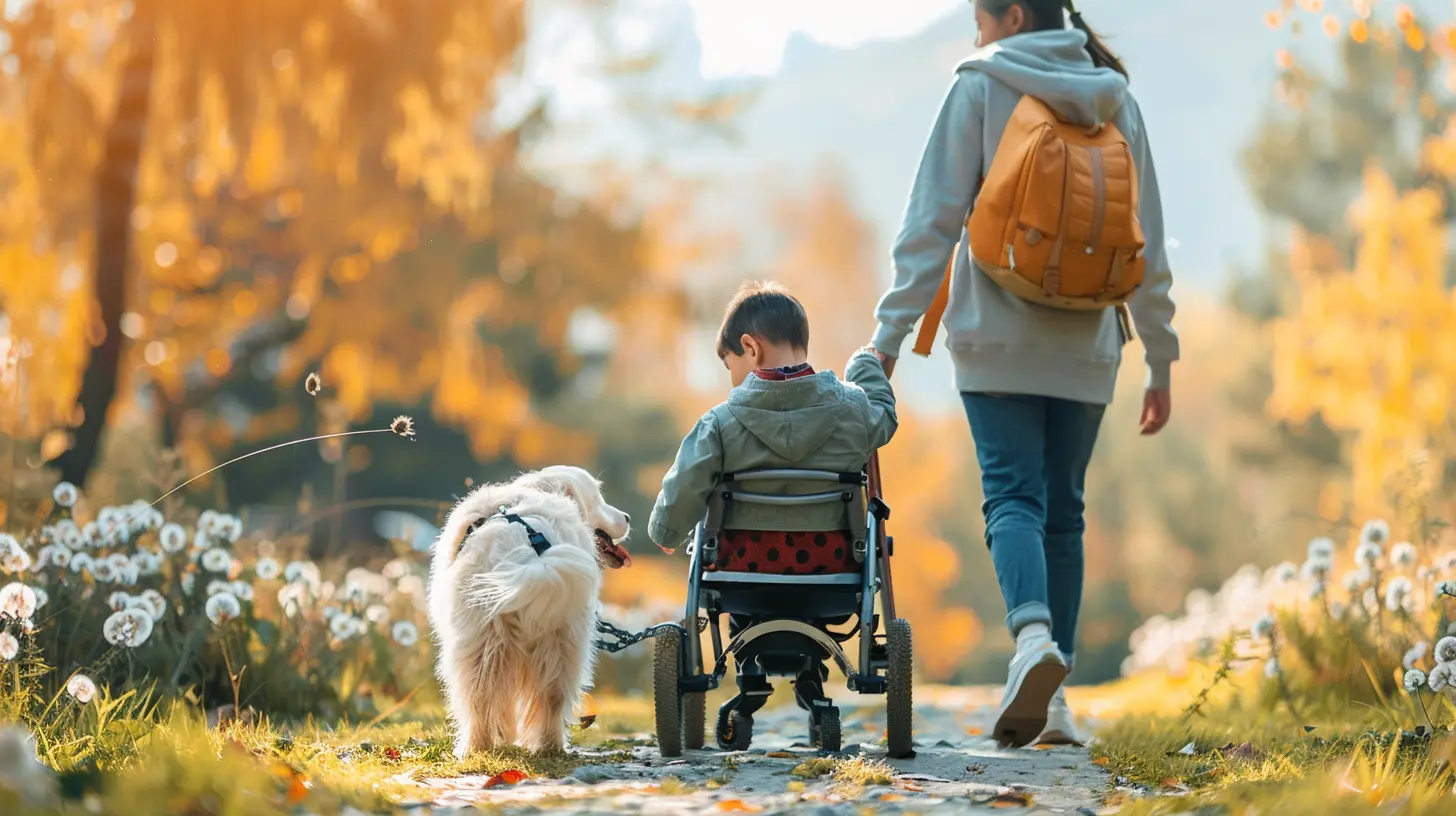How to Build Independence: Adaptive Tools for Everyday Tasks
22 June 2025
Ever tried brushing your teeth with your non-dominant hand? Yeah, not so easy, right? Now imagine navigating daily life with a disability, developmental delay, or physical limitation. Tasks we take for granted—zipping up a hoodie, pouring cereal, tying shoelaces—can feel like climbing Mount Everest backward in flip-flops. That’s where adaptive tools swoop in like little superheroes.
Whether you're parenting a child with unique needs, supporting an elderly parent, or just trying to give your kiddo a little more self-reliance (because let’s be honest, they’ve been using you as a personal butler), this article is your go-to guide.
We're going to stroll—maybe skip—through the fun, fabulous, and functional world of adaptive tools that build independence in everyday tasks. No boring instruction manuals here. Just real talk, practical ideas, and maybe a few giggles.
Why Independence Matters (Spoiler: It’s Not Just About Doing Things Alone)
Look, everyone wants to feel capable. Whether you're 4 or 84, accomplishing something on your own sparks a little confetti party in your brain.For kids, independence builds confidence, problem-solving skills, and resilience (a fancy word for bounce-back-ability). For adults or seniors, it can mean more dignity, joy, and less yelling “Helppppp!” from the bathroom, which is a win for everyone involved.
So let’s cut the cord—figuratively—and hand over the tools (literally).
The Magic of Adaptive Tools: More Than Just Gadgets
You might think of adaptive tools as exclusive to therapy centers or medical supply catalogs that smell like latex gloves. But hold that thought. These tools are game-changers—like cheat codes in the video game of life.They’re not just for people with disabilities either. They’re for anyone who needs a little boost in mastering an everyday task. And spoiler alert: that includes all toddlers (and some adults after three cups of coffee).
We’re talking about things like:
- Velcro shoe fasteners (because shoelaces are overrated)
- Weighted utensils (goodbye, flying spaghetti)
- One-handed cutting boards (for the chef-in-training with only one free hand)
But wait, there’s more (read in your best infomercial voice). These tools can empower anyone to do more on their own, feel less frustrated, and gain that sweet freedom.
Adaptive Tools for Dressing: Goodbye Fashion Fails
Magnetic Buttons and Zipper Helpers
Remember when your child tried to zip up their coat and somehow ended up with their sleeve zipped to their pants? Yeah, me too. Enter zipper pulls and magnetic buttons. These tiny marvels make dressing easier for little fingers and anyone with limited dexterity.There are even button hooks that look like medieval torture devices but are actually miracle workers.
Adaptive Clothing
Yep, fashion got the memo. Brands now offer clothes with:- Easy-open sides
- Front closures
- No tags (for our sensory-sensitive peeps)
It's like clothing designed by actual humans who know what it’s like to battle with buttons at 7 a.m.
Adaptive Tools for Eating: Forks, Spoons & Sanity
Weighted Utensils
If your child has shaky hands or motor control issues, these babies help keep food where it belongs—on the fork, not on your floor. Bonus: weighted utensils look just like regular ones, so your kid doesn’t feel like they’re eating in a lab.Scoop Plates and Bowl Guards
These are genius. One side is higher so food doesn’t do parkour off the plate. It’s like bumpers in bowling, but for peas.Non-Slip Placemats
Because you haven’t really lived until you’ve watched a plate do the moonwalk across the table mid-meal. Sticky placemats keep everything in place, and your blood pressure low.Adaptive Tools for Hygiene: Less Drama in the Bathroom
Toothbrush Grips and Flossing Tools
Some kids brush like a jackhammer, others barely graze the surface. Toothbrush grips make it easier to maintain proper technique and control. And flossing? Unless your kid is a dental prodigy, grab a floss pick holder stat.Long-Handled Sponges
For those with limited mobility, these allow independence during bath time—without turning it into a waterlogged comedy show.Potty Training Tools
Let’s talk potties. Adaptive toilet seats, splash guards, and step stools with rails create a throne fit for a tiny, training monarch. Independence + fewer accidents = less laundry. Amen.Adaptive Tools for Writing and Learning: Less Frustration, More Celebration
Pencil Grips and Weighted Pens
If writing looks like a cruel form of torture to your child, their pencil may be the culprit. Adaptive grips or chubby crayons can make handwriting less stressful and more productive. Think of them as little gym equipment for fine motor skills.Slant Boards
These keep paper at an angle that helps with wrist positioning, posture, and camera-ready handwriting. Bonus: they double as a makeshift fort wall when a sibling war breaks out.Noise-Canceling Headphones
Okay, not a writing tool exactly, but for kids with sensory sensitivities, these headphones can be the ultimate “shhh” button. Say goodbye to overstimulation and hello to focus.Adaptive Tools for Play: Because Fun Should Be for Everyone
Play isn’t just play—it’s how kids learn everything from emotional regulation to spatial awareness. But traditional toys sometimes leave kids with different abilities on the sidelines.Switch-Adapted Toys
These are regular toys modified to work with a big button or adaptive switch. Suddenly, pressing a switch makes Elmo dance, and boom, your child is in the game.Sensory Play Tools
Think fidget spinners, textured balls, and weighted lap pads. These not only entertain but also calm, regulate, and engage. Who says therapy can’t be fun?Adaptive Tools at School: Replace Tears with Cheers
School is the perfect storm of social, physical, and mental challenges. Adaptive tools can help kids navigate it like little learning ninjas.Adaptive Scissors
Squeeze scissors, loop scissors, left-handed scissors—there’s a whole scissor underworld out there. Help your child cut like a boss (paper, not corners).Seat Cushions and Wobble Stools
For the wiggle worms of the world, these let kids move while staying seated. It’s like adding a trampoline to a chair. Genius.Organizers and Task Schedules
Visual checklists, color-coded folders, and planners with large print make independence possible for kids with executive function challenges. Basically, they’re the GPS for student life.Adaptive Tools for Around the House: Little Fixes, Big Wins
We often overlook the little day-to-day stuff. But adaptive tools can turn everyday chores into empowering moments.One-Touch Can Openers
For kids or adults with less hand strength—this nifty gadget means more snack independence and fewer dented soup cans.Reachers and Grabbers
No more scaling furniture to get the cereal box! Reachers let anyone grab items from high shelves without turning into Spider-Man.Talking Timers and Reminders
Got a kid who zones out mid-task? A speaking timer or reminder device can cue them without you becoming a broken-record parent.Encouraging Independence: The Tools Are Just Step One
Okay, now that your toolbox is bursting with awesome gear, let’s talk strategy.Don’t Hover
Let your child struggle a little (safely). It’s in the struggle that the learning sticks. Plus, stepping back gives them space to step up.Celebrate Small Wins
Did they zip their coat halfway? Throw a mini dance party. Every step matters.Make It Fun
Turn chores into games. Race to brush teeth. Sing self-care songs terribly loud. If they laugh, they’ll learn.Be Consistent
Using adaptive tools once won’t cut it. Incorporate them into the daily routine till they’re a natural extension of your child’s independence journey.Conclusion: Independence Isn’t an Overnight Fix—It’s a Heroic Quest
Let’s be real—building independence is a messy, hilarious, sometimes frustrating but always rewarding ride. Adaptive tools don’t make everything perfect, but they give kids and adults alike the power to do more on their own. And that power? That's pure gold.So go ahead, load up your cart with zipper tools, scoop plates, and pencil grips. Because every button zipped, every sandwich made, every toilet trip success—that’s not just a task completed. That’s a leap toward independence.
And if your child insists on wearing mismatched socks and brushing their teeth with a banana-shaped toothbrush, let it go. They're doing it themselves, and that’s something to be proud of.
all images in this post were generated using AI tools
Category:
Special NeedsAuthor:

Steven McLain
Discussion
rate this article
2 comments
Valeria Hardy
Sure, just sprinkle some magic dust and watch independence blossom!
October 26, 2025 at 4:11 AM

Steven McLain
I wish it were that easy! Building independence takes thoughtful tools and practical strategies.
Quillan Lee
Building independence? More like building a tiny army of mini-me's! Equip them with adaptive tools and watch them conquer everyday tasks like champs. Just remember, a little chaos is part of the process—embrace the mess and let them shine! Who knew parenting could be this empowering?
June 22, 2025 at 3:52 AM

Steven McLain
Thank you for your insightful comment! Embracing the chaos is indeed essential in fostering independence. Adaptive tools empower kids to thrive and shine in their own unique ways!


